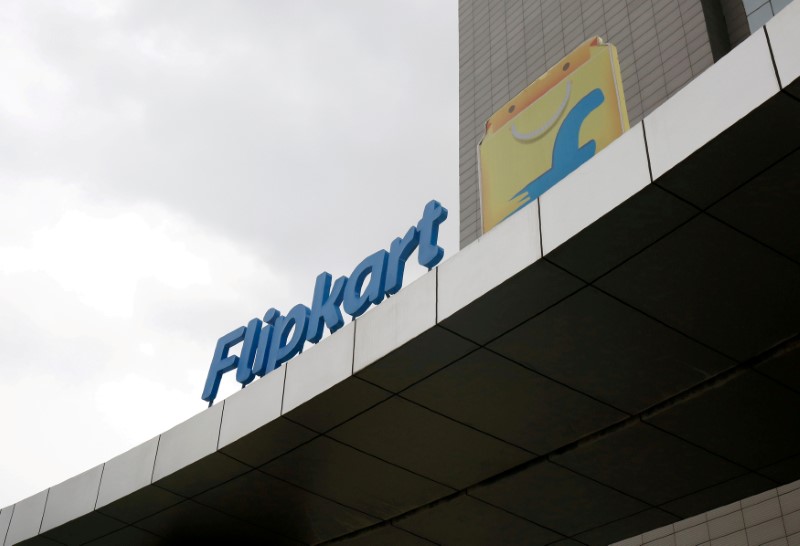Reuters
Aug 18, 2017
E-commerce giants Amazon, Flipkart burn bright in festival season
Reuters
Aug 18, 2017
The carts are stacked in India. E-commerce giants Amazon India and Flipkart are going head-to-head for the first time in the country's long shopping season. With Flipkart having just picked up $2.5 billion from a technology fund managed by Japan's SoftBank, an expensive battle for market share beckons.

E-tailers kicked off shopping season last week, celebrating Independence Day by offering discounts of up to 70 percent on everything from kitchen appliances to anti-virus software. That makes it the equivalent to Black Friday in the United States - except in India the discount frenzy will essentially continue for five months through Diwali, the Hindu festival of lights, in October, and all the way to Christmas. That incredible duration itself attests to intense competition.
Amazon has been touting giveaways to close the gap with its top rival. It is now the most downloaded shopping app in India. The Indian arm of Jeff Bezos' giant has 29 percent market share by the measure of gross merchandise value, Praxis Global Alliance says.
Cash burn was around $750 million in the last fiscal year, the consultancy suggests. That compares with 34 percent market share and a $400 million burn at Flipkart. Smaller firms that have spent heavily, like Snapdeal, look to be out of the race.
E-tailers ply Indians with discounts despite government anti-discount policies. They get around the rules by cutting commissions and teaming up with banks and their own payment arms to fund generous cashback schemes. Industry-wide discounts amounted to 21 percent of the roughly $17 billion of GMV last year, Praxis reckons.
Discounts should ideally help to acquire new, loyal customers. Instead, the giveaways appear to be repeatedly benefiting the same city-dwellers, who now wait for big sales before buying.
Forrester Research calculates that business-to-consumer online sales make up just 2.2 percent of total retail spending, compared to 11 percent in China. Most people still live in rural areas. Turning farmers and poor labourers into customers, and building the infrastructure to deliver their goods, will further hit the bottom line.
With Amazon and Flipkart flush with funding and running neck-and-neck, the Indian consumer will remain king for this year’s long shop.
© Thomson Reuters 2024 All rights reserved.

























